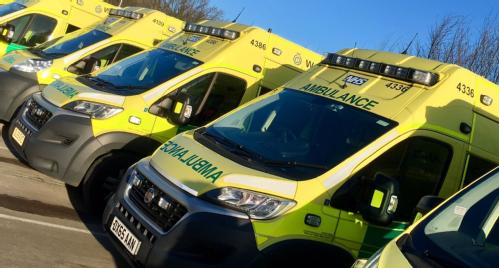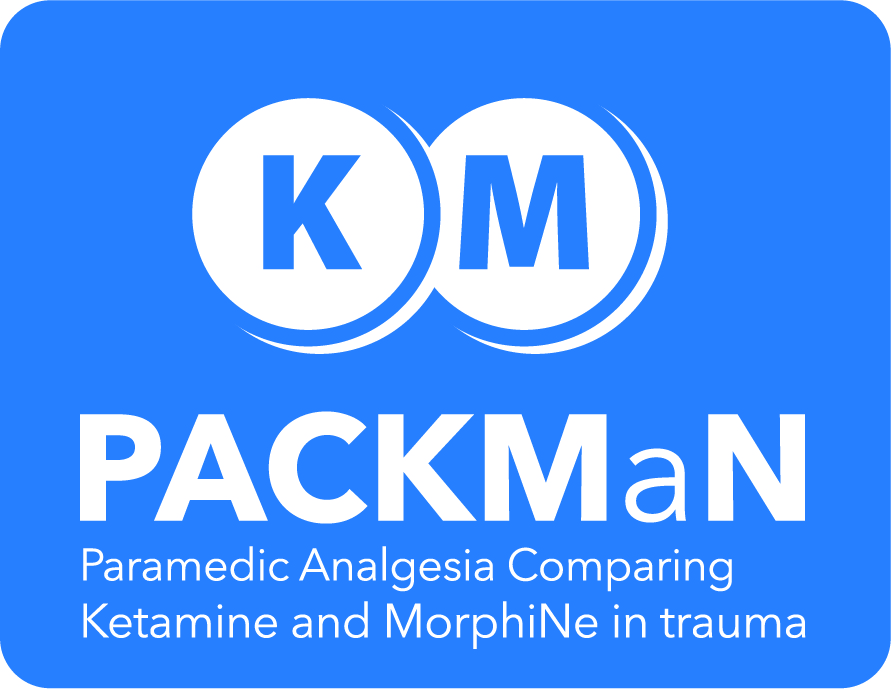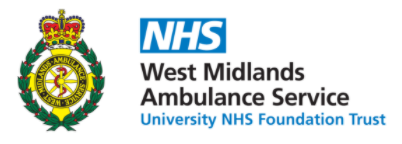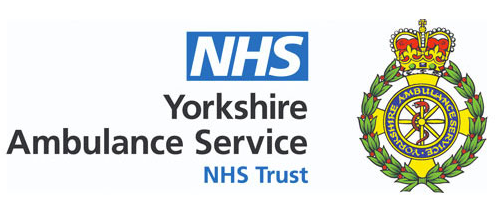PACKMaN

Title: Paramedic Analgesia Comparing Ketamine and MorphiNe in trauma : PACKMaN
Chief Investigator: Professor Gavin Perkins & Dr Michael Smyth
Sponsor: University of Warwick
Funder: National Institute for Health Research (NIHR)
Registration numbers:
- ISRCTN: 14124474
- EudraCT: 2020-000154-10
- IRAS: 1003404
- CPMS: 46938
- NIHR: 128086
- REC: 20/WS/0126
Summary:
Background and study aims:
Pain after an injury is common. The strongest painkiller that UK paramedics routinely give for severe pain is morphine. Morphine can be slow to work and may cause side effects such as vomiting, drowsiness or low blood pressure. Because of this morphine might not be the best pain killer to use. Ketamine is another strong painkiller. It acts very quickly to reduce pain and may have fewer unwanted side effects. In some parts of the world (Australia, Canada and America) paramedics are allowed to give ketamine, rather than morphine, to patients who have severe pain following injury. Research from these countries tells us that ketamine might be better than morphine, but the research isn't good enough to be sure. The aim of this is to investigate if ketamine is better than morphine for severe pain after injury and to decide if it is suitable for use by UK paramedics.
Who can participate?:
If an ambulance is called to a patient with severe pain after an injury, paramedics will check to see if the patient is suitable for this study. They will consider patients who are 16 years of age or over, have suffered an injury which is causing severe pain, and are able to have a strong pain killer administered by injection.
What does the study involve?:
Eligible participants will be enrolled by the attending paramedic and randomly allocated to be treated with either ketamine or morphine. After 3 and 6 months participants will be asked to complete questionnaires about their recovery. Data will be collected from the ambulance services about the patients' injury and treatment, and about their stay from the hospital where the participant was taken.
What are the possible benefits and risks of participating?:
The potential risk for the patient would be a reaction to ketamine or morphine. This will be minimised by paramedics following the guidelines in the trial protocol for administering ketamine and morphine. The study provides naloxone and midazolam for treating the side effects of morphine and ketamine. Paramedics already use morphine so are trained in administering this. Training will be provided on the use of ketamine. Training will also be provided on how to randomise the patient and administer ketamine or morphine. There may be a slight burden to participants completing the follow up at 3 and 6 months. This follow-up is most likely to be completed via a telephone call with one of the researchers who can talk a participant through the questionnaires, explaining and answering any questions they have. There is a risk the patient may feel some distress when completing the questionnaires as it may remind them of their injury. The researchers will provide contact details for the participant to speak to the PI and research team to gain support. If they answer the questionnaires with a researcher via the telephone, the researcher will be able to support the participant at the time of discussion.
Which ambulance services are taking part?:
West Midlands Ambulance Service NHS Foundation Trust & Yorkshire Ambulance Service NHS Trust.
Sample size:
446 (223 each arm with 1:1 randomisation)
Primary outcome:
Effectiveness of pain relief from randomisation to arrival at hospitals as measured by Sum of Pain Intensity Difference (SPID) score (using a 0-10 numerical rating scale)
Recruitment period:
Start date: 01 May 2021
Planned end date: 31 May 2023
Trial Statistical Analysis Plan

Trial contact details:
Tel: 02476 150478
Email: packman@warwick.ac.uk
Participating Ambulance Services:


